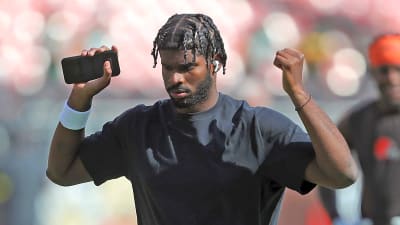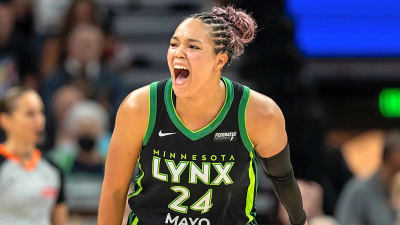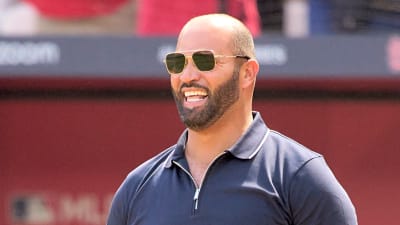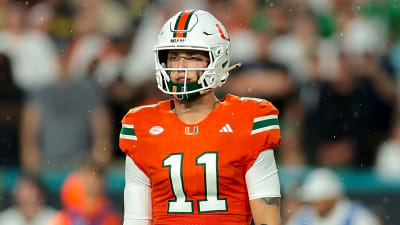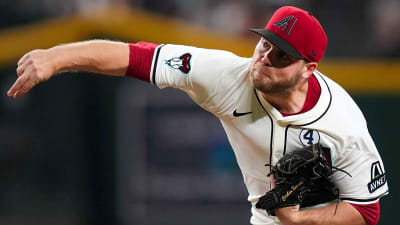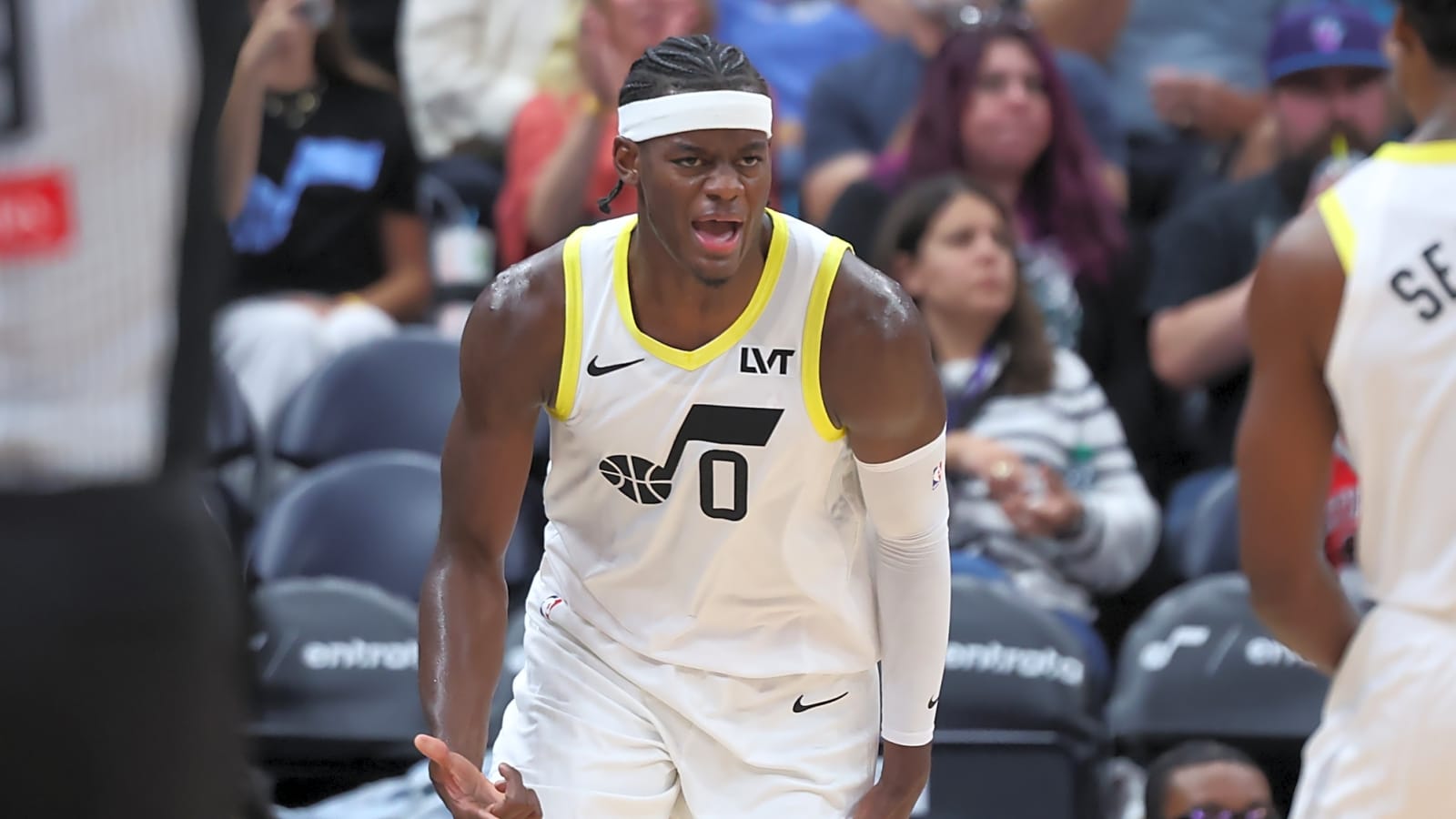
The Utah Jazz enter the 2025-26 season with no shortage of new storylines. Rookies Ace Bailey and Walter Clayton Jr. will make their NBA debuts, while Isaiah Collier, Kyle Filipowski, and Cody Williams look to take important steps in their sophomore years.
Keyonte George and Brice Sensabaugh are also expected to continue their development as third-year players. The most significant change for Utah may not be a rookie or a new signing, but the return of Taylor Hendricks.
Selected ninth overall in the 2023 draft, Hendricks entered last season with the intention of being a key player in Will Hardy’s rotation. His length and defensive potential, combined with a trustworthy shooting stroke, made him a perfect fit for the system. Those aspirations vanished practically on day one as he broke his leg in his third game and was out for the season before it began.
Taylor Hendricks is OUT (Left 1st MTP Sprain)
— Utah Jazz (@utahjazz) March 5, 2024
Since then, Hendricks has spent nearly a year focused on rehab, strength training, and film study, aiming to return stronger. While next season will technically mark his third in the NBA, he has only played in 43 games so far. The limited minutes he’s seen are offset by the time spent adjusting to the NBA’s pace and working on his physical development, giving him a real chance to turn occasional flashes of potential into consistent production.
A Key Defensive Piece for Utah’s Rotation
Utah’s interior defense has revolved around Walker Kessler, who has quickly become one of the league’s best shot blockers.
THE KESSLER EFFECT
pic.twitter.com/RdCZtYaRO8
— Utah Jazz (@utahjazz) March 22, 2025
What the Jazz lacked last season was a wing that could both complement Kessler as a protective presence in the paint and provide stable spacing on the weak side on offense. Hendricks showed signs of being able to slide into that role in his limited rookie minutes.
In nearly 818 non-garbage time minutes, Hendricks contributed to the Jazz’s defense. Though his rookie season stats, below a block per game and in the 91st percentile as a forward, may not exactly jump out, there are indications of his advanced defensive awareness and ability to come up with huge plays in crucial moments.
Conversely, Hendricks showed glimpses of his potential as an offensive player, nailing a stellar 37.9% of his three-pointers and an impressive 45.8% from the corner, where much of his shooting was concentrated. More than half of his attempts came from that location, giving the Jazz much-needed spacing on the court.
Comparison Around the League
Hendricks brings to mind a mix of Jared Vanderbilt and Aaron Gordon. He has Vanderbilt’s defensive motor and ability to guard across positions, but unlike Vanderbilt, he adds a reliable perimeter shot to his skillset.
He also resembles early-career Gordon, who blended athletic defense with flashes of shooting and playmaking. What distinguishes Hendricks is his already consistent perimeter shooting, a trait Gordon developed later in his career.
AARON. GORDON. FOR. THE. WIN. pic.twitter.com/jinNM1QrNt
— Denver Nuggets (@nuggets) April 27, 2025
Players who can both defend inside and stretch the floor are highly valued in today’s NBA. They allow coaches to mix lineups without sacrificing either defense or spacing. For a team like the Jazz, still in the process of building an identity, Hendricks’ skill set is exactly the type that can stabilize a young roster.
Tactical Options for Will Hardy
Hardy now has the flexibility he lacked last season. With Kessler, Hendricks can serve as a weakside rim protector, giving Utah a rare two-shot-blocker lineup. When facing faster lineups, Hardy could turn to Hendricks as a small-ball center.
The strength he has added during his recovery makes that role more realistic, and it would give Utah a chance to space the floor with five shooters without completely sacrificing defense.
Another option is pairing Hendricks with Bailey. Both players bring length and mobility, and each can switch onto different positions. Used together, they could form one of the longest traditional big men, and more on speed and versatility. Over the grind of an 82-game season, that sort of flexibility often proves valuable.
Fill in the blank
Ace Bailey has the most potential of a Utah Jazz Prospect since ___ pic.twitter.com/dbGNV0ErhT
— Jazz Lead (@JazzLead) August 25, 2025
The Offensive Swing Factor
Defensively, Hendricks should provide steady value. The real question is how far his offense can progress. To this point, his shooting profile has leaned heavily on corner threes.
Expanding to above-the-break shots would open more opportunities. Hardy could then involve him in handoffs, pick-and-pop actions, and movement sets instead of limiting him to a spot-up role in the corner.
There is also additional potential around the rim. In his rookie season, Hendricks converted 69% of his attempts within four feet, although those chances were relatively infrequent. With Utah placing a premium on three-point attempts, he does not need to become a go-to scorer.
However, if he adds cuts, rolls, and secondary finishing to his game, his value on offense will rise significantly.
SAY SOMETHING NICE ABOUT TAYLOR HENDRICKS!!! pic.twitter.com/UpQWLpnN5U
— Utah Jazz (@utahjazz) October 16, 2024
The Impact of Hendricks’ Return
The Jazz will be defined this year by the growth of their young core. Still, Hendricks’ return could be the most impactful change of all. Even as he just matches the flashes he showed as a rookie, he gives Hardy a defender that fits nicely alongside Kessler and rounds out the rotation. If his offensive game comes along, he aspires to become an anchor who fits alongside Utah’s cornerstone players.
As the team continues its transition, Hendricks offers defensive stability now and in the future. His variety of skills creates new options for Hardy, so that the Jazz enter the season with better balance in tactics than was achieved last season.
More must-reads:
- Savvy Quentin Grimes deal comes at the perfect time for 76ers
- Heat to sign young forward to extension after career-best season
- The 'Active multiple 140-receiving-yard games' quiz
Breaking News
Trending News
Customize Your Newsletter
 +
+
Get the latest news and rumors, customized to your favorite sports and teams. Emailed daily. Always free!
